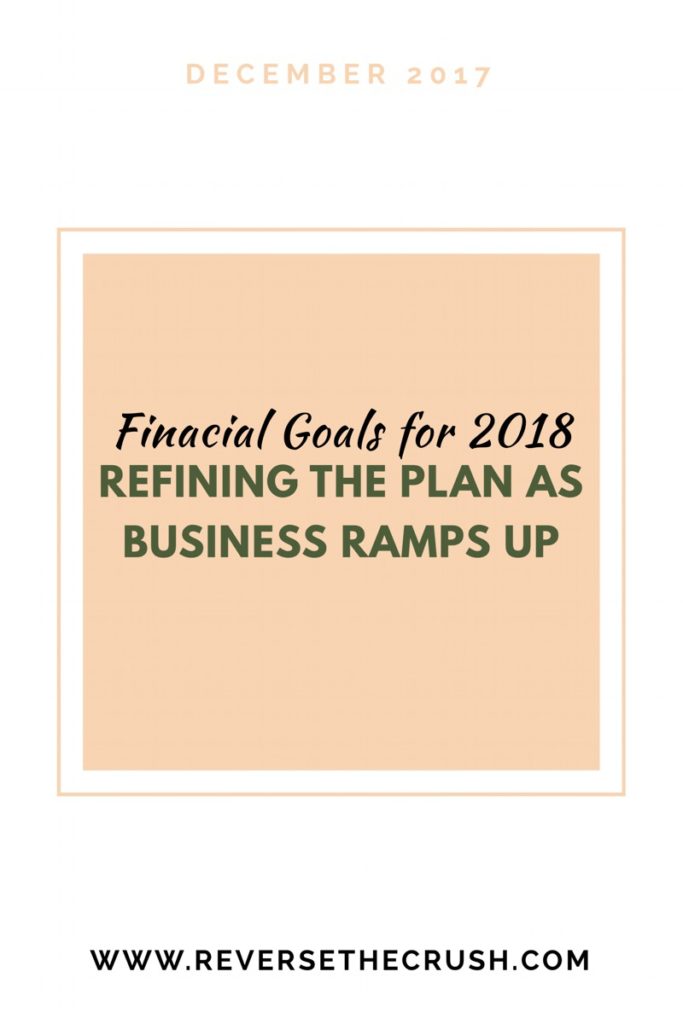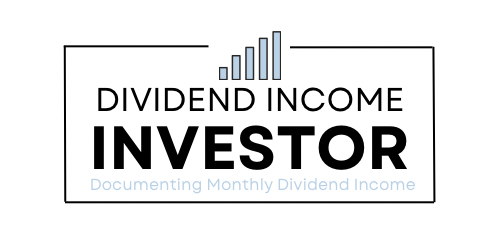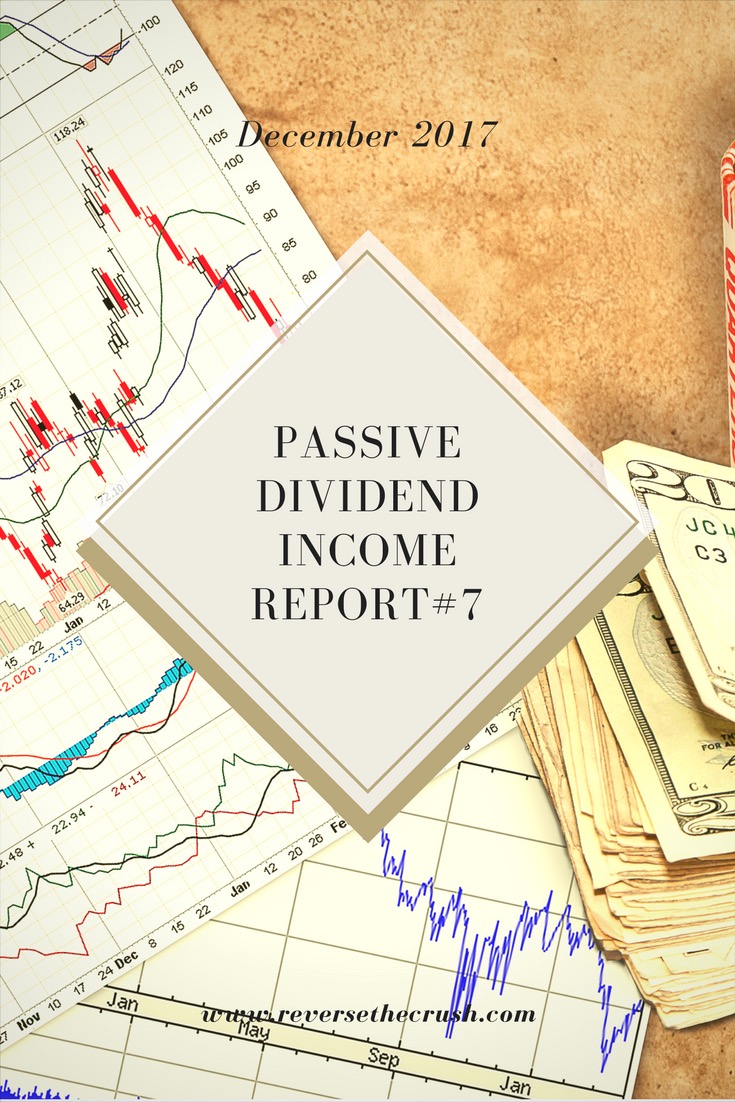Welcome to my more refined financial goals for 2018, old sport!
This post is an outline of everything I plan to accomplish financially in 2018.
I first published a blog post about my financial goals for 2017 last February, and since so much has changed since last year, I’ve been really looking forward to writing a follow-up.
Admittedly, I was in a transitional spot financially when I wrote last years post. I was only a few months into a new job after taking a year off work, so I was less certain about how my finances would play out.
That being the case, I kept my financial plans more vague for 2017, but 2018 is completely different…
Life has come around and brought me right back to where I started – I’m a dividend Investor again, baby!
Now that I have such a clear vision of how I aim to spend my time, and now that I’ve chosen a strategy to accomplish that goal, I’m even more unswerving with the pursuit.
With the foundation building year now in the books, this year is focussed on refining the financial goals.
[bctt tweet=”Financial Goals for 2018″ username=”reversethecrush”]Financial Goals for 2018
To add more context to the financial goals for 2018, I will briefly elaborate on the ultimate plan that I’m aiming to accomplish.
Firstly, the main goal is to achieve financial independence through dividend investing. Over the course of the next 10 plus years, I will build a portfolio that spins off enough income annually to support me.
Ultimately, my goal is to earn at least $1,500 to $2,000 in dividend income per month. However, I’m willing to consider alternative options, such as part time employment and other side hustles to earn a living.
That being said, the next 3 to 4 years will be focussed on consistent dividend income growth, and on becoming completely debt free.
Once that 3 to 4 year stage has been accomplished, I’ll be completely debt free and will own a portfolio that generates $1,000 plus annually.
From there, I’ll be able to enter the third stage. During the third stage of the process, I’ll have more free cash flow than ever!
The light at the end of the tunnel will be beginning to make an appearance.
If I lock-in to dividend investing and saving money, I’ll be able to reach financial independence within a short period of time after that.
This is year 2 of the Dividend Business Plan, and here are my financial goals for 2018 as business ramps up.

1. Earn $425 in Dividend Income in 2018
I haven’t published the forward annual dividend income numbers since October 2017, so this may appear like a stretch target based on those results. Additionally, the dividend business only generated $58.14 in total in 2017, which is obviously not a huge sum of money.
However, I’ve made a ton of progress with the dividend business over the past few months.
Annual Dividend Income has officially increased by more than $50.00 so far in December, and I plan to improve on my personal savings in 2018 as noted below.
If I’m successful in increasing my rate of savings, and if I stick to my consistent acquisition plan, I am confident that the dividend business will exceed $425 annually in 2018. This would represent an approximated 650% year over year growth increase, which is an exceptional rate of growth for any second year business.
2. Grow Forward Dividend Income to $650 plus annually by December 2018
My primary goal for the near term is to create a cash flow machine that helps me save more money.
A dividend business that earns $500 annually creates over $41 per month to reinvest.
Since I employ such frequent equity acquisition tactics, the continuously flowing dividend income provides the RTC portfolio with quite favourable conditions.
It allows me the opportunity to invest often, it allows for diversification, and it provides me the opportunity to do what I enjoy most – allocate capital.
Unfortunately, I can’t tell you the official numbers until the next forward dividend income update just yet.
However, I will mention that my personal stretch target is $1,000 annually.
But based on the amount of income that was added during the second half of 2017, I’ll admit that earning 4 digits annually would be challenging.
3. Increase Savings by 32% more than last year
Of course, the best way to achieve my dividend income targets is by taking a business-like approach to saving money.
Rather than follow the standard savings rate for retirement, my strategy is to use my own savings as a benchmark.
Moreover, I am basing my savings goal for 2018 on the amount I saved in 2017.
Considering that I received a raise, and since there are side hustle opportunities to earn income, I believe that saving 32% more than last year is achievable..
Overall, the plan is to make consistent progress with my savings rate on a yearly basis until I’m eventually saving 50 to 60% of my net income.
While it is extremely challenging to make drastic lifestyle changes in the short term, it’s extremely simple to make more subtle changes over a longer period of time.
Furthermore, this strategy is practically flawless because the growth is based on real savings numbers that I’ve already proven achievable.
It doesn’t involve comparing my success to others. Instead, the challenge is to improve upon personal accomplishments.
4. Increase Savings Rate for House & Emergency Funds by 0.025%
Although I don’t mention it much on this blog, I save cash in various accounts in addition to investing in dividend stocks.
It’s not huge amounts of money in these accounts, but trust me, small amounts add up if you’re consistent.
Furthermore, it’s a great feeling to have cash set aside for emergencies. And it’s even better avoiding subtractions from the investment portfolio when unexpected expenses occur.
Regarding the house, I’m saving at a slow pace, and I’m not planning to have a down payment until I’m closer to financial independence.
The ultimate ambition is to put myself in position to afford to buy a home when the mortgage payments can be covered by dividend income.
5. Streamline the Accounts & Control the F–king Cashflow!
In addition to the two accounts mentioned above, I’m planning to open accounts to create specific objectives for every dollar.
I plan to open an online high interest account to save for vacations, a U.S. dollar account, and an RRSP (Registered Retirement Savings Plan).
The vacation account and U.S. dollar accounts are self-explanatory, but the RRSP has a more specific purpose.
It would allow me to lower my taxable income and achieve tax free growth on my investments. However, my primary reason for opening an RRSP is to avoid the 15% withholding tax on dividends from U.S. equities.
Interestingly enough, there’s withholding tax on U.S. dividends in a TFSA, which is type of non-taxable Canadian account. But an RRSP allows you to build U.S. positions without incurring U.S. withholding tax.
Streamlining the accounts is all part of the plan to take control of my cashflow. My mindset heading into 2018 is focussed on budgeting regularly and staying on top of spending.
6. Get my Student Loan under $6,500
With that said, the financial goals for 2018 cannot be complete without including a debt element.
I alluded to my student loan being a debt priority last year, but I never discussed the numbers.
Here’s what I should’ve said last year:
“My primary goal for 2017 is to reduce my student loan to less than $10,000.” – I accomplished that in 2017.
Now the target is set on reducing my student loan to under $6,500.
Candidly, I’m making bi-weekly payments of around $120, and I’ve never stopped paying it down since I finished school.
At this point, I know what some people are thinking…
Why focus on building dividend income when I could pay off debt?
Well, because becoming wealthy enough to become financially independent is about 3 things – rate of savings, rate of compound interest, and amount of time.
Furthermore, saving is about building habits. Most people that claim that it makes sense to focus on debt, but they never start saving because they never build the habit. And once the debt is paid off, typically, they go back into more debt anyways.
In addition, saving money provides lifestyle options. I simply wouldn’t have been able to afford a year off if I wasn’t a saver.
Nevertheless, my goal for 2018 is to reduce my student loan debt to less than $6,500.

Concluding Thoughts
The runner-up financial goals for 2018 are focused on the diversification of the RTC portfolio, and on how to handle additional income.
I plan to continue building the core positions, but I also need to increase U.S. market exposure and add to certain sectors.
In regards to handling additional income. Initially, I planned to save 100% of any additional income earned through blogging, working overtime, or from any gifts.
However, on second thought, I decided to treat additional income on a per case basis. For example, if there is a necessity that I need at the time I receive extra money, it’s ok to spend some of it.
But I must be saving at least 20 % of all income earned at minimum!
Though, I’ll probably save 100% of it more often than not.
In conclusion, I attempted to create more specific financial goals for 2018 that are aggressive and realistic.
The purpose was to establish financial goals that build upon the foundation set in 2017, and to continue the business-like approach to saving and investing.
In short, I wrote this as a business plan to stay on course towards financial independence.
I’m extremely excited for the opportunity to improve my personal balance sheet.
If I stick to to the plan, I will increase dividend income, save more money, and have less debt by the end of the year.
Questions for the readers: What financial goals are you planning in 2018? Did you accomplish your goals for last year?


 Passive Dividend Income Report # 7 – December 2017
Passive Dividend Income Report # 7 – December 2017
